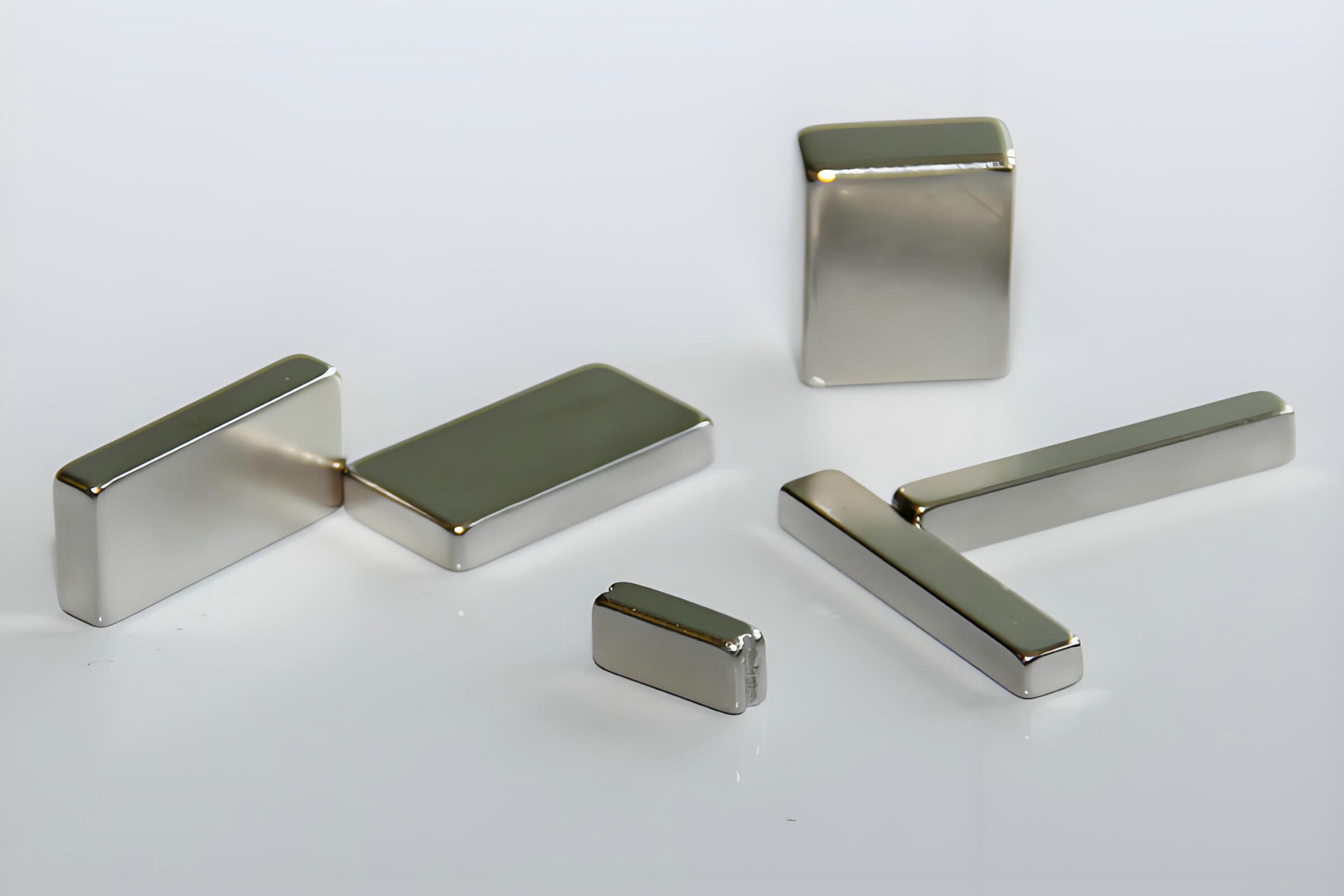
One stop solution for magnetic products

How to judge the quality of sintered NdFeB magnets
As an important magnetic material, sintered NdFeB magnets are widely used in many fields. It is important to accurately judge its quality, and the following are some key judgment methods.
First, look at the appearance. The surface of high-quality sintered NdFeB magnets should be smooth, flat, without obvious cracks, trachoma, air holes and other defects. The color is uniform, generally showing a silver-gray metallic luster. If the surface is rough, defective or abnormal in color, it is likely that there are problems in the production process, affecting its performance and service life.
Next, test the magnitude of the magnetic force. This is one of the important indicators of the quality of magnets. Professional instruments such as Gauss meters can be used to measure the strength of the magnetic field on its surface. Usually, under the same specifications, the stronger the magnetic force, the better the performance of the magnet. For example, neodymium-iron-boron magnets used in some precision instruments have extremely high requirements for the stability and strength of the magnetic force, and only high-quality magnets can meet their needs.
At the same time, the uniformity of the magnetic force should not be ignored, the magnetic force distribution on the surface of the entire magnet should be relatively uniform, to avoid the emergence of local magnetic force is too strong or too weak.
Further, the high temperature resistance is evaluated. The Curie temperature of sintered NdFeB magnets is a key parameter for their high temperature resistance. Good quality magnets are able to maintain good magnetic properties at higher temperatures. By placing magnets in different temperature environments for a certain period of time, their magnetic force changes are measured to determine their high temperature resistance characteristics.
For example, in electronic equipment, magnets may be affected by a certain amount of heat during the working process, and if the high temperature resistance is not good, it will lead to a decrease in magnetic properties, thus affecting the normal operation of the equipment.
In addition, test corrosion resistance. As some elements in NdFeB magnets are more active, they are susceptible to corrosion from the external environment. High-quality magnets will undergo appropriate surface treatment, such as galvanized, nickel-plated, etc., to enhance its corrosion resistance. Magnets can be placed in a humid or corrosive environment for a period of time, to observe whether the surface rust, oxidation and other phenomena, as a way to determine its corrosion resistance is good or bad.
Finally, pay attention to its mechanical properties. Including hardness, toughness and other aspects. Quality sintered NdFeB magnets should have the right hardness, neither too fragile to cause easy rupture, nor too soft to affect its use. In some application scenarios that need to withstand certain mechanical stress, such as magnets in motors, good mechanical properties are the basis for ensuring their long-term stability.
In short, to determine the quality of sintered NdFeB magnets need to consider the appearance, magnetic force, high temperature resistance, corrosion resistance and mechanical properties and other aspects. Only by choosing good quality magnets can we ensure that they can perform optimally in various applications and improve the quality and reliability of our products.
Search
Categories List
Please give us a message

Beijing Saint Langma Magnetic Technology Co.,Ltd